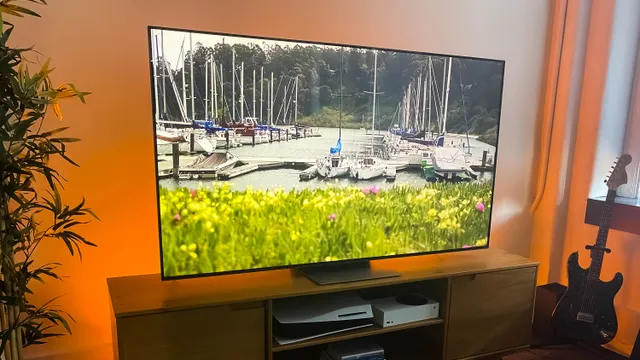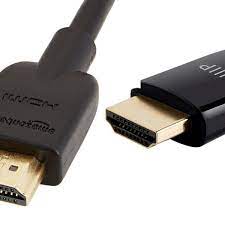Fix TV Sound: How to Improve Dialogue for Good

Introduction
We’ve all been there – struggling to hear and understand the dialogue during our favorite TV shows or movies. Muffled voices, drowned out by background noise, can be incredibly frustrating and hamper the overall viewing experience. This common issue can be addressed with a few simple steps and adjustments to your TV’s audio settings or by investing in some additional equipment. This article will explore ways to fix TV sound and improve dialogue comprehension for good.
1. Check your TV’s audio settings
Modern TVs come with various audio settings that you can play around with to find the perfect balance for a clear dialogue. Here are a few settings to watch out for:
a. Audio mode: Your TV may come with pre-programmed sound modes like movie, sport, music, or clear voice. Choose “clear voice” if available as this prioritizes dialogue clarity.
b. Bass and treble adjustments: Reducing bass and increasing treble can help emphasize human speech frequencies making dialogues clearer.
c. Surround sound simulation: Turning off any simulated surround sound setting will typically make dialogue cleaner and more focused on the center channel.
2. Adjust TV speaker placement
Many flat-screen TVs have downward-facing speakers at the bottom of the screen, which reduces the perceived loudness and quality of dialogues since the sound is fired downwards instead of directly towards you. In this case, try propping up the front of your TV or mounting it on the wall at an angle where speakers are facing your seating area.
3. Add external speakers or a soundbar
External speakers give you better control over audio output, making it easier to fine-tune for clearer dialogues. A simple pair of stereo speakers connected to your TV’s audio out jack or an auxiliary Bluetooth speaker placed near you might do the trick.
Soundbars combine multiple speakers in a single unit, providing better quality audio than built-in TV speakers. Many soundbars have built-in dialogue enhancers that focus on delivering clearer speech without sacrificing overall audio performance.
4. Invest in a center channel speaker
The primary purpose of a center channel speaker is to handle dialogues, making them indispensable for any home theater setup. By using a center channel speaker, you ensure that dialogue frequencies receive dedicated amplification, eliminating competition with other audio elements.
5. Use headphones or hearing aids with a TV
Headphones or hearing aids can dramatically improve dialogue clarity if you have difficulty understanding speech at normal volumes. Many modern TVs have Bluetooth capabilities, allowing you to connect wireless headphones directly or employ accessories like a Bluetooth transmitter.
Conclusion
Improving TV dialogue clarity will enhance your viewing experience and may even help you enjoy programs and movies without constantly relying on subtitles. Using this guide, take some time to experiment with your existing audio setup and consider investing in additional equipment like external speakers, soundbars, or headphones if necessary. With the right adjustments, you’ll hear dialogues crystal clear and kick muffled voices to the curb once and for all.




